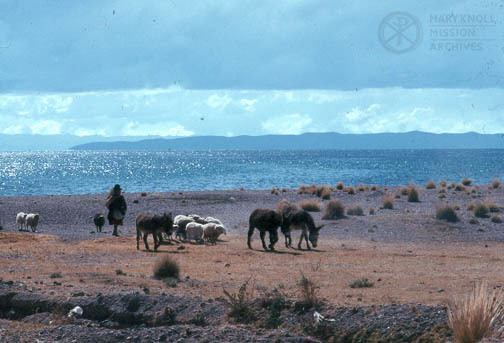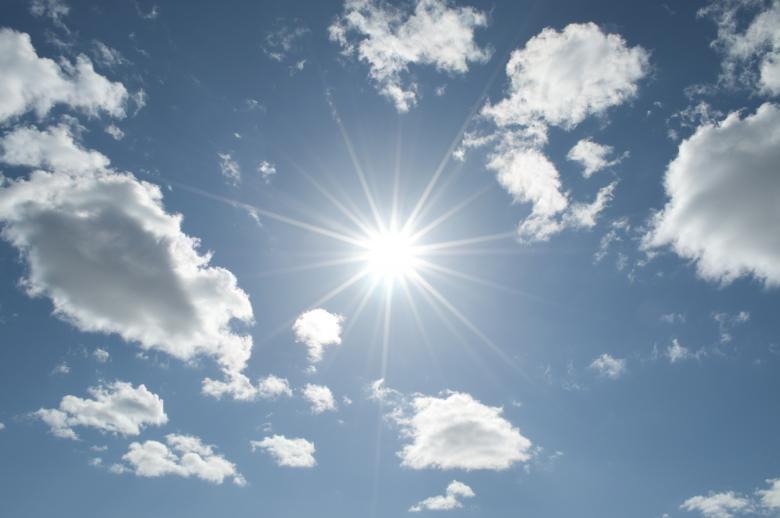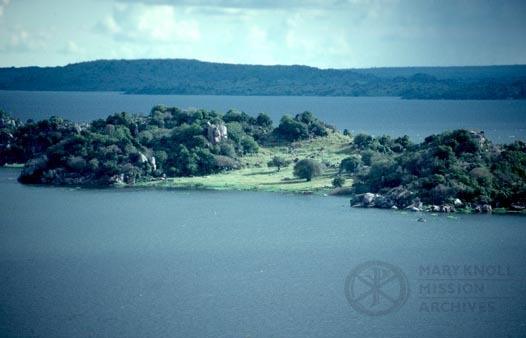As I sit here looking at my usual winter gear of jacket, scarf, hat, gloves, and whatever else might help keep me warm while venturing out into the cold, I can’t help but long for the days of warmth that are just around the corner. April is here! Snow has melted and we have seen some glimmers of hope as we rounded out March by stretching more comfortably into temperatures in the 40s and 50s with an occasional creep near 60 degrees. The more consistent presence of the sun has also been quite welcome! And with its continued presence as the months go by, it will bring us more warmth and adventures as the light continues well into the evening hours. While looking through the lay missioners newsletters and thinking of the warm days to come, I came across two adventures in the sun that took place around this time of year in Peru and Tanzania. I hope you enjoy their stories and that soon you will be venturing out to make stories of your own under the warm rays of the sun!
“‘ALL WORK AND NO PLAY MAKES JACK A DULL BOY!’ So, lest we become DULL while at Language School, we drummed up some fun activities for the evenings and weekends. […] Saturday about 20 of us students and teachers rented a ‘boat’ to go out into Lake Victoria for a picnic lunch and a visit to two Islands! Now, I have to tell you that this ‘boat’ was like nothing I have ever seen, much less ventured into! Most of us arrived lakeside, and stared in disbelief that this was our boat.. scouring the shore for others, but there were none. So, after we were hoisted one by one over the bow and dropped down into the wooden hull, we climbed over several hurdles to find a spot on one of many wooden slats before we started up the motor and headed out to sea. The second ‘ahaa’ experience came when we discovered that we needed to keep our feet up in the air because the job of one of the two helpers on board was to bale water out of the bottom of the boat from the onset of the trip! And I might add that it was necessary for him to do this the whole time out… lest we wanted to swim inside the boat. But the highlight of the trip was upon arrival at our first Island stopover – as we approached this beautiful Island, but still about 20 feet from shore, our young captain shoved the motor into reverse so fast and hard that the ENTIRE motor fell off the back of the boat and sunk into the water – his look of disbelief was almost as stunned as ours! So, as they were working diligently on fishing the motor out of the water, two local fishing boats pulled up on each side of our boat offering us rescue and paddled us into shore.
Actually from that point on the trip became fairly uneventful, yet quite enjoyable! We hiked around the island and met many of the local people, including some men carving boats and met many of the local people, including some men carving boats and making fish nets by hand. Then once our motor was pulled up and blown dry, we climbed back into our boat and sputtered over to another uninhabited Island for our picnic lunch[…] All in all it was a great day in the sun… one which I will long remember!”
Story from lay missioner Elizabeth Hamilton in Cochabama, Bolivia and Peru, Cochabamba Sol, April – June, 1998:
“Hello everyone! I hope this finds you doing well and enjoying Spring in the Northern Hemisphere. I am well on my way into the Bolivian autumn. The mornings and nights are cool and the afternoons wonderfully warm and sunny. […] The power and wonder of the sun was the theme from my April 6-12 visit/orientation to the Lake Titcaca region of Peru. […]
Sun, sun, sun here it comes… The next morning we headed to Hualculani, a village back in the hills, to finish construction of a solar greenhouse and to give a solar cooker demonstration. Karen, Jim and Chris, 3 MMAFers [lay missioners] in Peru, had already started this work. The road to Hualculani climbs in altitude, and we passed herds of llama and even the rare vicua, and took in the colorful fields of quinoa, barley and wheat. When we arrived the people were waiting for us and after introductions we began work on the greenhouse. We paused  mid-morning for Chris and his Aymara counter Félix to explain and demonstrate the solar cookers. We then went back to work on the greenhouse, with bread and potatoes baking in the solar cookers. 3 hours later, greenhouse complete, we feasted on sun-cooked goodies!
mid-morning for Chris and his Aymara counter Félix to explain and demonstrate the solar cookers. We then went back to work on the greenhouse, with bread and potatoes baking in the solar cookers. 3 hours later, greenhouse complete, we feasted on sun-cooked goodies!
There are few trees and thus scarce wood in the altiplano, and few families can afford cooking gas. So, they cook with dried animal dung (very aromatic!). The people really liked the idea of using the sun, one of the only things readily available in the altiplano, to cook with. The greenhouse will allow the people to grow vegetables despite the cold, providing them with much needed nutritional variety to their potato-based diet.”


